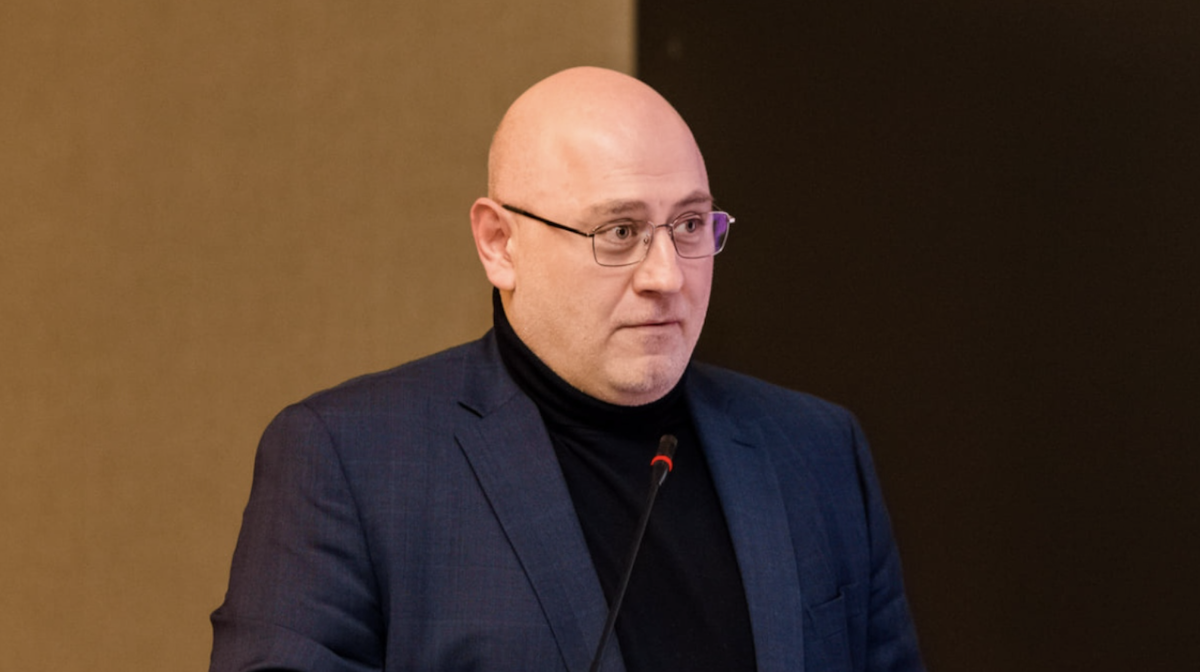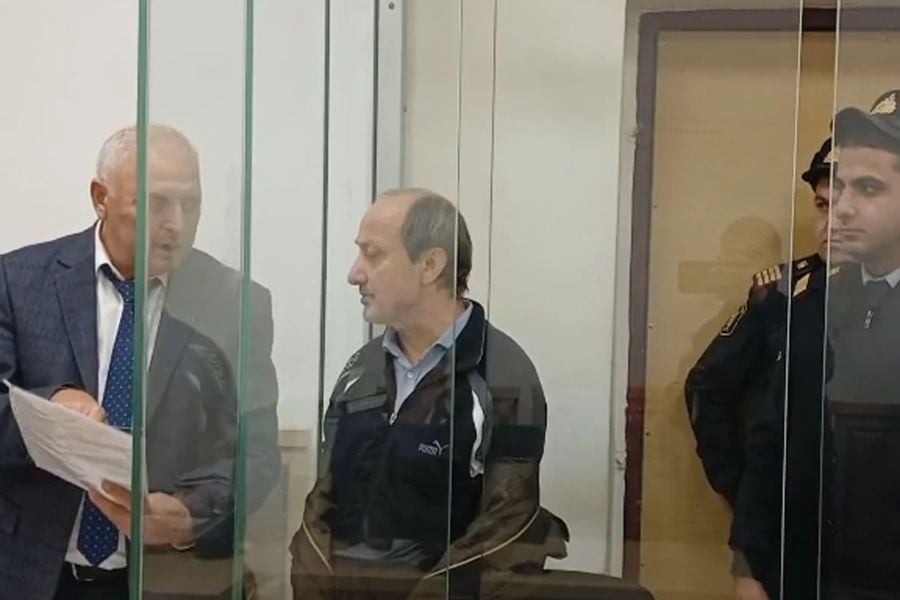The war in Nagorny Karabakh: what story do documentary films tell?
Chronicles, stories and portraits. Some of the documentary films about the Karabakh war were shot by Armenian directors, others – jointly with Azerbaijani colleagues

From its very outset, the main battles and hotspots of the war in Nagorny Karabakh (1991 – 1994) were closely followed by Armenian documentary filmmakers. The clashes and forced migration were among the many facets of the war to be caught on camera.
Some of the films most popular with critics are Ruben Gevorgyants’s series ‘The Artsakh Diary’ (1993, 1995), ‘The Break That Lasts Forever’ (1996) and ‘Mission: To Live’ (2011) by Vrezh Petrosyan, ‘Man and Bread’ (2001) by Gagik Arutunyan, ‘Tightrope’ and ‘That’s What They Say…’ by Nikolai Davtyan, ‘Our Cross’ (1998), ‘The Crossroads’ (1998) and ‘War Without Comments’ (2004) by Karen Gevorgyan and ‘A Story of People in War and Peace’ by Vardan Ovannisyan (2007).
A huge treasure trove of video material chronicling the war in Nagorny Karabakh is now available thanks to the perseverance of Shavarsh Vardanyan. The cameraman and director worked in almost all the hotspots, producing some 1,200 hours of footage. Wounded on several occasions, he nonetheless persevered in his task, continuing to work until the very end of the war.
‘Our documentaries were chiefly focused on recording the facts to produce a real-time chronicle of events at the front. Another aspect was to portray the heroism and patriotism that the Armenian fighters showed in battling the enemy. Watching these films, viewers are filled with pride and admiration for the actions of these heroes. On the other hand, they also feel pain because of the losses that have been suffered,’ says Siranuysh Galstyan, film critic and Assistant Professor at the Yerevan State Institute of Theatre and Cinematography.
After the ceasefire was agreed by Armenia, Azerbaijan and Nagorny Karabakh in 1994, Armenian documentary makers began to turn to the post-war stories of people living on the Armenian-Azerbaijani border. This period saw a number of Armenian-Azerbaijani joint ventures
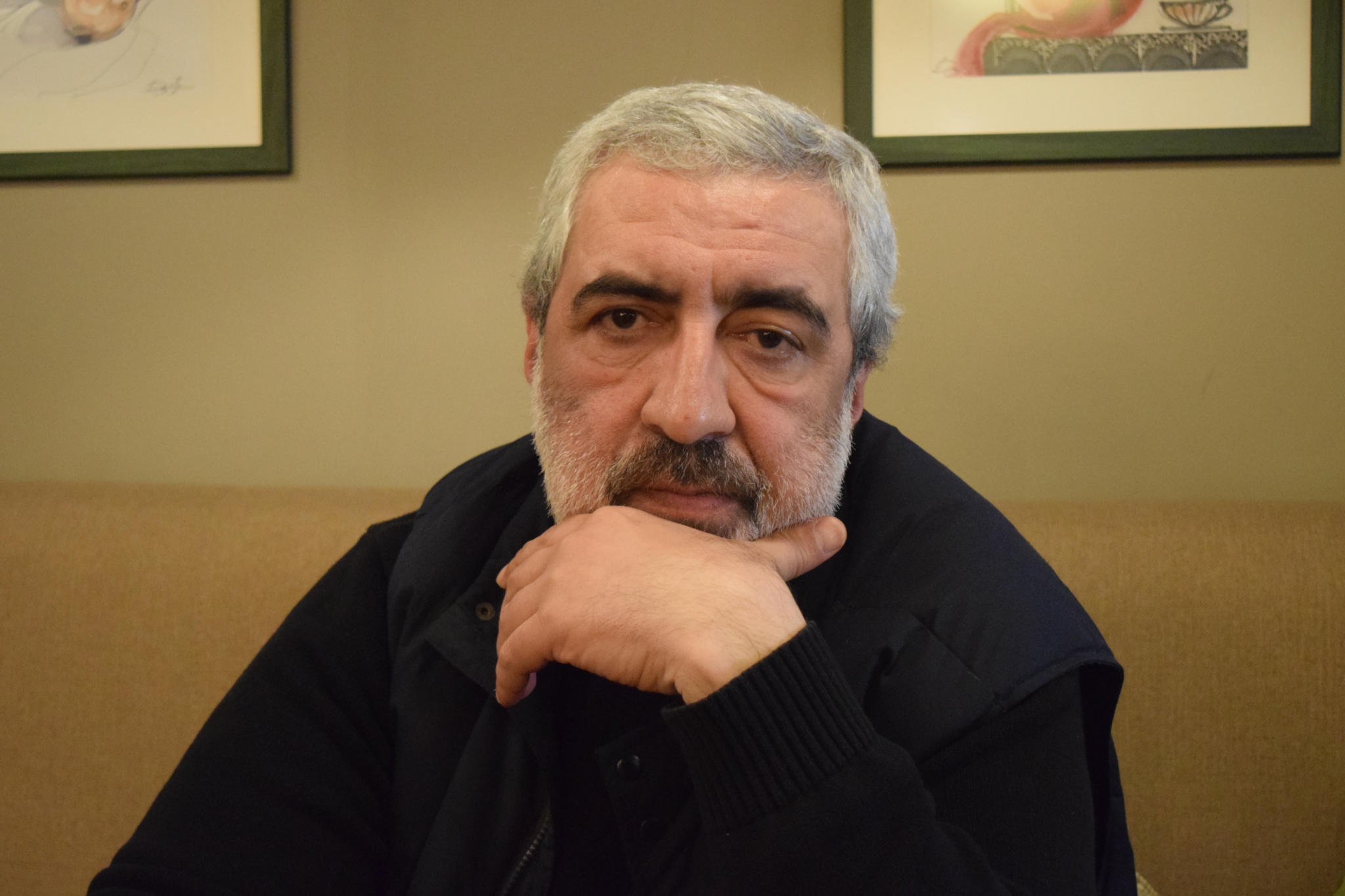
Over the last 20 years, documentary maker Tigran Paskevichyan has made four films on the conflict in Nagorny Karabakh. Three of them – ‘In That Faraway Neighbouring Village’, ‘The War That Came After The War’ and ‘Prisoners of War’ – are joint Armenian-Azerbaijani ventures.
The Armenian village of Aygepar and the Azerbaijani village of Alibeyli lie opposite each other. The Armenian-Azerbaijani border between them is transparent: each day, from sunrise to sunset, the inhabitants of the two villages watch each other going about their daily lives. Made in 2006, ‘In That Faraway Neighbouring Village’ tells the story of these two communities. Directed by Ara Shirinyan, it traces the memories and follows the present-day lives of the inhabitants.
The characters paint a clear picture of how close and friendly Armenians and Azerbaijanis had been before the conflict, inviting each other to weddings, working together, helping each other. Even after the war, they retained their good memories.
‘Our home was destroyed and devastated by Azerbaijani gunfire and tanks. But it was also Azerbaijanis that had built it in the first place, before the war. My husband made the gates and doors for their home. We were very close, we had a strong friendship… I can still remember the names of the people in all the houses in the village opposite,’ an Aygepar inhabitant says in the film.
Another inhabitant recalls how he used to buy food from the Azerbaijanis on credit. With the friendship and mutual trust that existed between them, they were happy for him to pay several days later.
‘This film shows that there is no war or conflict between the ordinary people, the normal people. The conflict lies somewhere higher up. It is in the interests of the international community and the superpowers,’ says the film’s screenwriter Tigran Paskevichyan. The film, he notes, was shown both in Azerbaijan and in Armenia.
In 2007, a second joint venture was undertaken. ‘The War That Came After The War’ tells the story of people in Armenia and Azerbaijan who were wounded by gunfire and landmines on the border.
‘Prisoners of War’ showcases the dramatic stories of those who were taken prisoner in Armenia and Azerbaijan.
‘The parallel work on those three films was extremely important. The work with our Azerbaijani colleagues went smoothly, there was no conflict. I never once doubted the sincerity of my Azerbaijani colleagues. Not one of the films bears the terrible brand of propaganda,’ Paskevichyan explains. ‘I have always been extremely tolerant towards the other side. This conflict is not a conflict between people, villages or nations. When we worked on our joint ventures, the most important focus for our teams was always the people, we would all keep our subjective opinions to ourselves.’
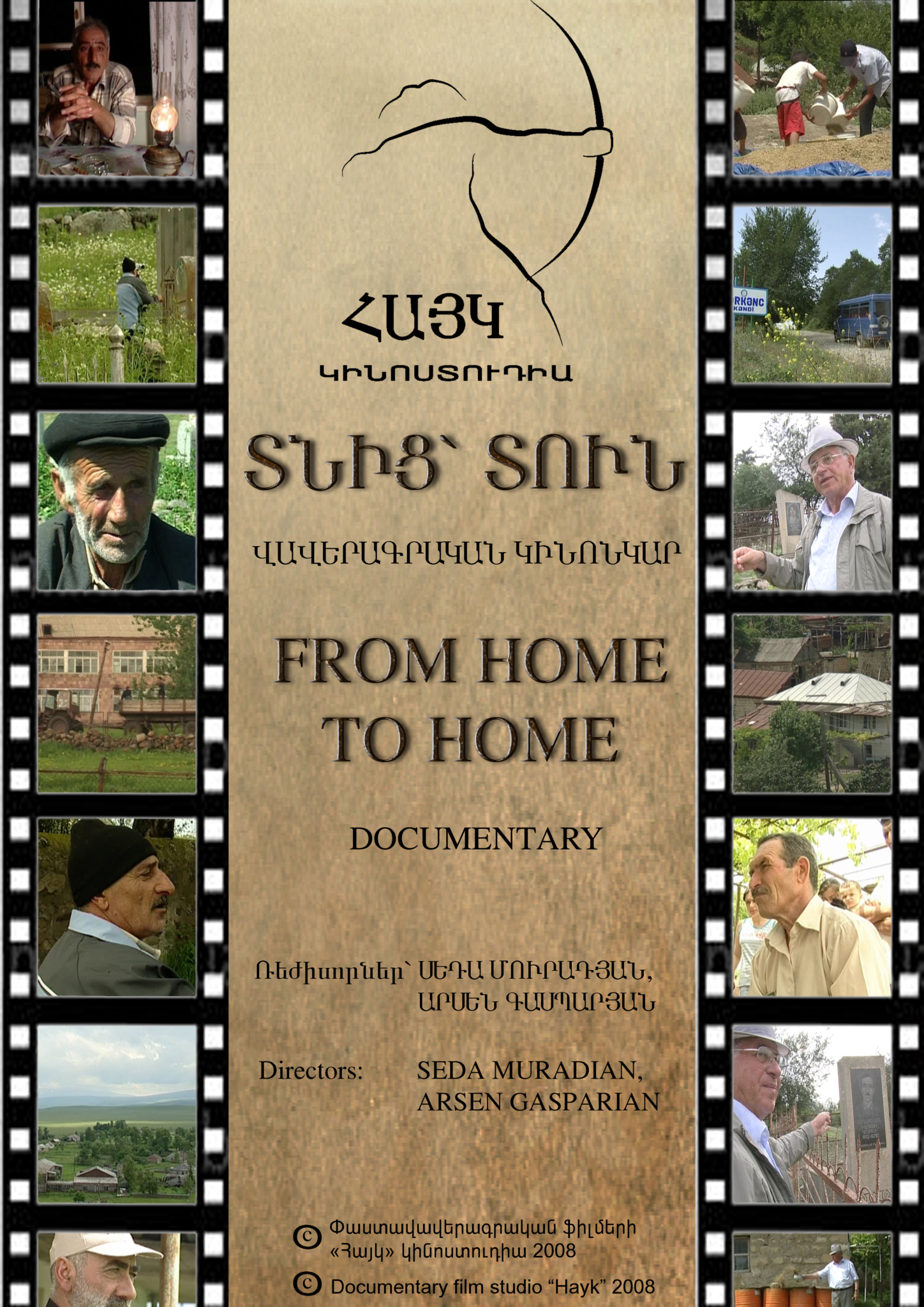
Made in 2008, the documentary ‘From Home to Home’ tells the story of two communities dedicated to humanism and universal human values. It is based on a screenplay by journalist Seda Muradyan, who also co-directed the film. ‘From Home to Home’ follows the lives of a community of Armenians who moved from Azerbaijan to Armenia following the Sumgait pogrom, and of Azerbaijanis who fled Armenia for Azerbaijan. Voluntarily exchanging villages, the two communities promised each other they would not destroy the cemeteries their predecessors left behind.
This promise is the main focus of the film. The inhabitants of the Armenian village of Dzyunashogh (former Kyzyl-Shafag) and the Azerbaijani village of Kerkenj still maintain the Azerbaijani and Armenian cemeteries.
‘This is a very sincere film, which shows that people’s diplomacy wins. The inhabitants of two villages are able to find a solution and win thanks to their diplomacy, they find better, more favourable solutions to their problem,’ says the film’s co-director Arsen Gasparyan.
‘I wanted to tell the story of these people who believe in universal human values. This film is about grief and about people who face this grief on a daily basis, yet continue to respect universal human values and promises,’ says Seda Muradyan.
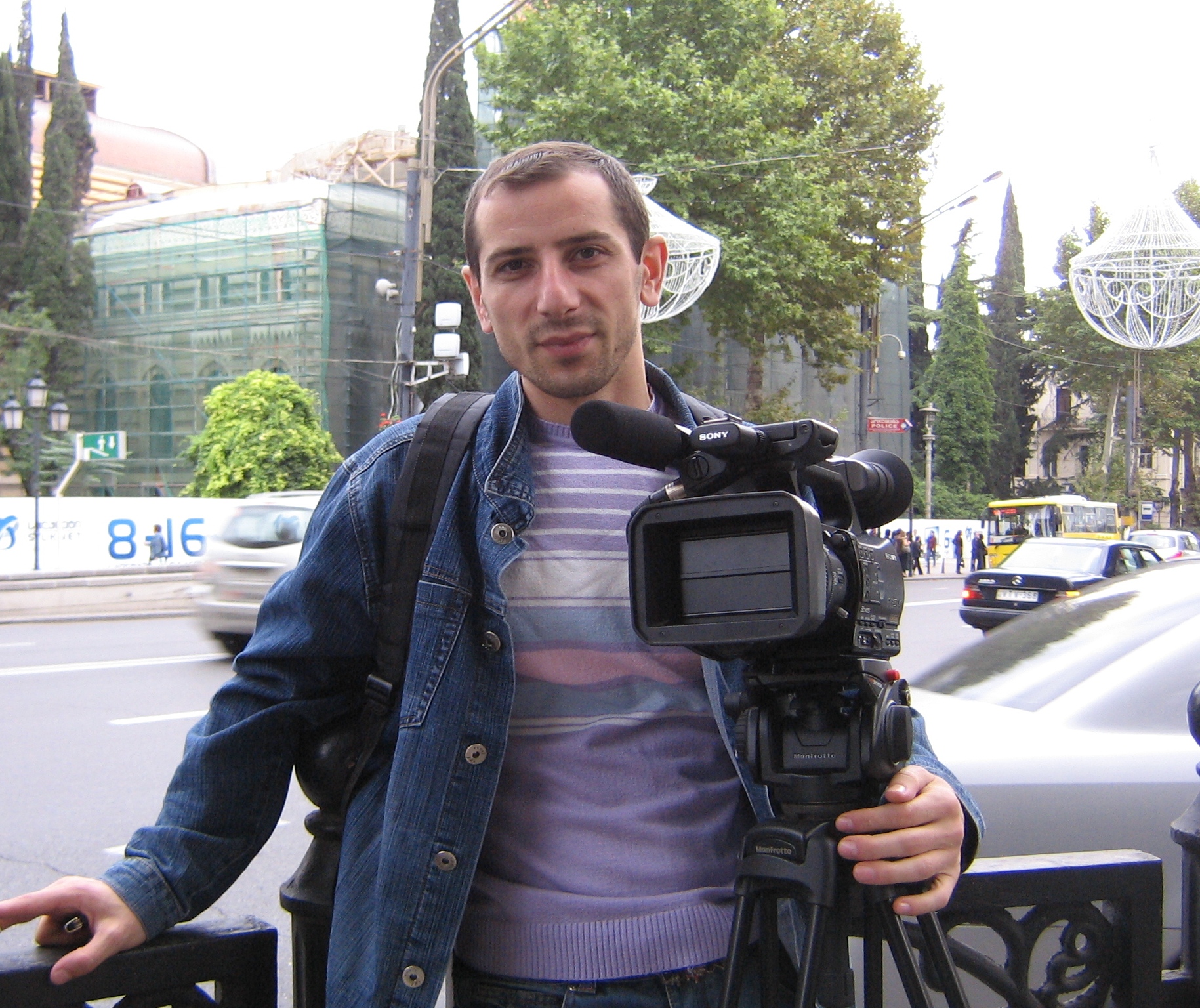
Films like this, the director stresses, are vital in order to help Armenians and Azerbaijanis find common ground. Watching this film allowed the inhabitants of the Azerbaijani and Armenian villages once again to see the graves of their relatives that had been left on the other side of the border, and to ensure that they were still intact.
The promise that the Armenian and Azerbaijani communities gave each other was a unique example of belief in universal human values, and truly worthy of being documented, film critic Siranush Galstyan says.
‘The important thing here is that the Armenians and Azerbaijanis treated each other as human beings. They promised that they would tend and protect the relatives’ graves, and they are keeping this promise. Destroying a grave is always an act vandalism, whatever religious or political views one holds,’ the film critic insists.

A joint venture by three directors from Armenia, Azerbaijan and Turkey, the film ‘Memories Without Borders’ tells the story of conflict in the region, closed borders, the historical past, the present, and the search for identity.
Made up of four parts, the film was created in 2012 at the initiative of the Media Initiatives Center. Combining human stories and heartfelt conversation with archive footage and photographs that offer an insight into the personal lives of the characters and their ancestors, it depicts different periods in the history of Armenia, Azerbaijan and Turkey.
Directed by Mehmet Binay, the first part of the film, ‘Lost and Found’, tells the story of a crypto-Armenian living in Turkey. Finding out that he was Armenian gave him his identity, yet he conceals this from the rest of society. Directed by Levon Kalantar and based on a screenplay by Arutyun Mansuryan, the second part is called ‘Avetis’, which in Armenian means ‘good tidings’. It tells the story of an Armenian family that moves from France to the town of Shushi in Nagorny Karabakh, where the couple’s child is born.
‘This is a film in four parts. It does not analyze, it does not tell the story of the conflict. It shows people telling their personal stories, through which we understand their attitudes towards the past and the present. These four stories are about discovering one’s identity and boundaries,’ says Armen Sargsyan, Project Development Producer at the Media Initiatives Center and author of the screenplay for the fourth part of the film

Directed by Ayaz Salayev, the third part of the film ‘Memories Without Borders’ – ‘The Theatre of Ghosts’ – tells the story of actress Elmira Ismayilova. Born and raised in Yerevan, she was part of the Yerevan State Azerbaijan Drama Theatre.
When the actress reminisces about her life in Yerevan, her eyes fill with tears and she weeps, nostalgic.
‘At the end of our final performance in Armenia, the audience came up onto the stage. One of them had a saz, so we asked him to play something. He played a song which we all knew – ‘Perhaps I Will Return Here No More’. The entire troupe wept… No one wants to live in exile, constantly missing one’s homeland,’ the Azerbaijani actress reminisces in the film.
The screenplay for the fourth part of the film ‘Memories Without Borders’ – ‘White Neighbours’ – was written by Armen Sargsyan. Directed by Levon Kalantar, it tells the story of an Armenian living in Goris. During the war in Nagorny Karabakh, this Armenian town produced weapons. Nowadays, it has produced an Armenian-Turkish chess set. The chess figures made by master Migran Mirumyan portray well-known Armenian and Turkish military commanders and political figures.
Drawing parallels between the chessboard and the battlefield, the film’s main character notes that at war, as in chess, the actions and errors of just a single pawn can prove fatal.
‘I would never like to make weapons. I would like there always to be peace on earth,’ Migran Mirumyan says in the film. ‘One should always try to understand one’s neighbours and be friends. Otherwise, one should sell up and leave. What is a border? Who made them, these borders?’
Besides their chronicles of war and films about true human stories, Armenia’s documentary makers have created a number of ‘portraits’ – films about specific soldiers who lost their lives in the war. Among the most notable of these are ‘Our Commando’ by Ruben Gevorgyants (2000), ‘The Uninterruptible Flight’ by Arsen Gasparyan (2004), Anna Babayan’s ‘We’ll Meet Again, Lads’ (2010) and ‘Those Happy, Sad Things’ by Gagik Stepanyan (2015).
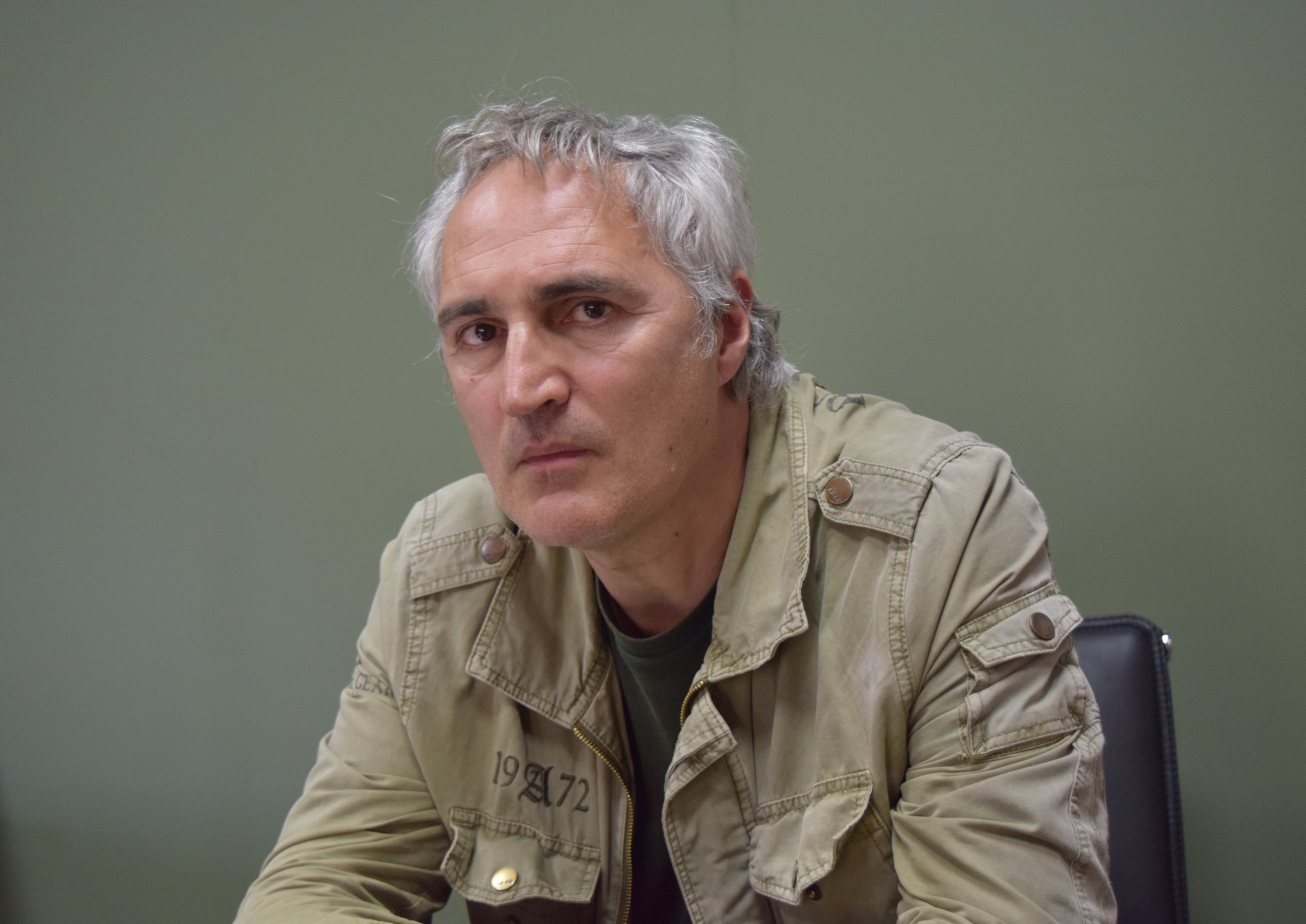
Directed by Tigran Khzmalyan, the documentary ‘The Shard’ follows the soldiers from the Shushi battalion through the war in Nagorny Karabakh in 1994.
The film shows scenes from everyday life during the war: soldiers contacting their commander by radio, carrying out orders to the constant sounds of gunfire. They remain calm, silently focusing on their own thoughts. Sometimes, they chat and joke amongst themselves.
The final scene shows wounded soldiers being operated on in a hospital. One of the men has a shard of a shell extracted from his wound. This scene gave the film its name. According to Tigran Khzmalyan, the shard is also something of an allegory.
‘I wanted to show the disgusting, bloody, stinking consequences of war. We all carry shards of war within us. Even if they pull them out of us during an operation, shards of this war remain inside each one of us, nonetheless. They are like thorns the war left in us, all of us – Armenians and Azerbaijanis, men and women, the living and the dead. Those shards are there, and will remain inside us, until we die,’ Khzmalyan says.
During the war, Tigran Khzmalyan himself took part in the fighting. Between 1992 and 1994, he worked as a correspondent for the Armenian TV channel A1 Plus, the Russian programme Vesti and for the BBC.
His 33-minute film ‘The Shard’ was first shown in 2010.
‘Watching the film, I saw once again the faces of men I had known during the war. Many of them are no longer with us today. I myself lost three friends in the war, so making this documentary was not an easy task for me. After editing the film, I realized that I myself carry this shard of war within me, and that was precisely what had been stopping me from talking about the war previously,’ says Tigran Khzmalyan.
‘The Shard’ would elicit an emotional response from any viewer, be they Azerbaijani, Vietnamese or African, Khzmalyan insists.
‘I have no hatred or enmity inside me to start off with, therefore the film could not contain such things. I deliberately took out all the scenes that could have been perceived or interpreted as attempts to de-humanize the enemy or to portray my side as superheroes, attempts to deify and worship them. There was no need for anything like that, I simply wanted to show people, death and life during wartime,’ Khzmalyan says.
Today, 25 years after the war, the documentary makers are united in the hope and belief that showing films focusing on humanity can bring about positive change in Armenian and Azerbaijani social opinion. This can help create points of conciliation and peace, making the ‘enemy’ image human once more.
















